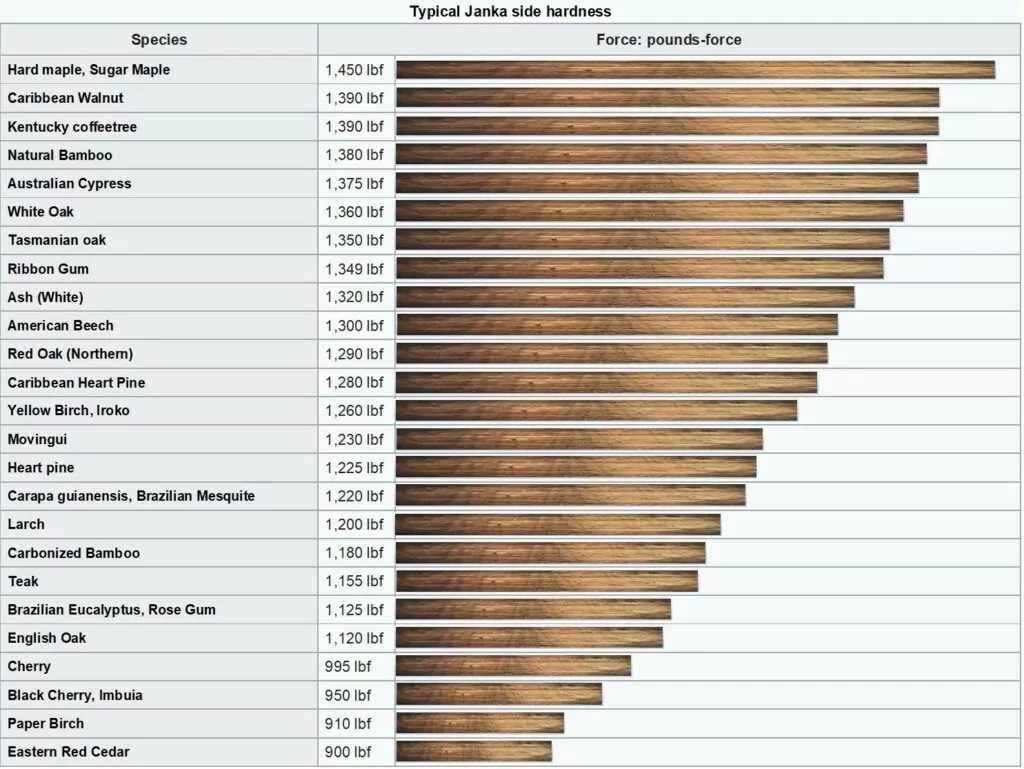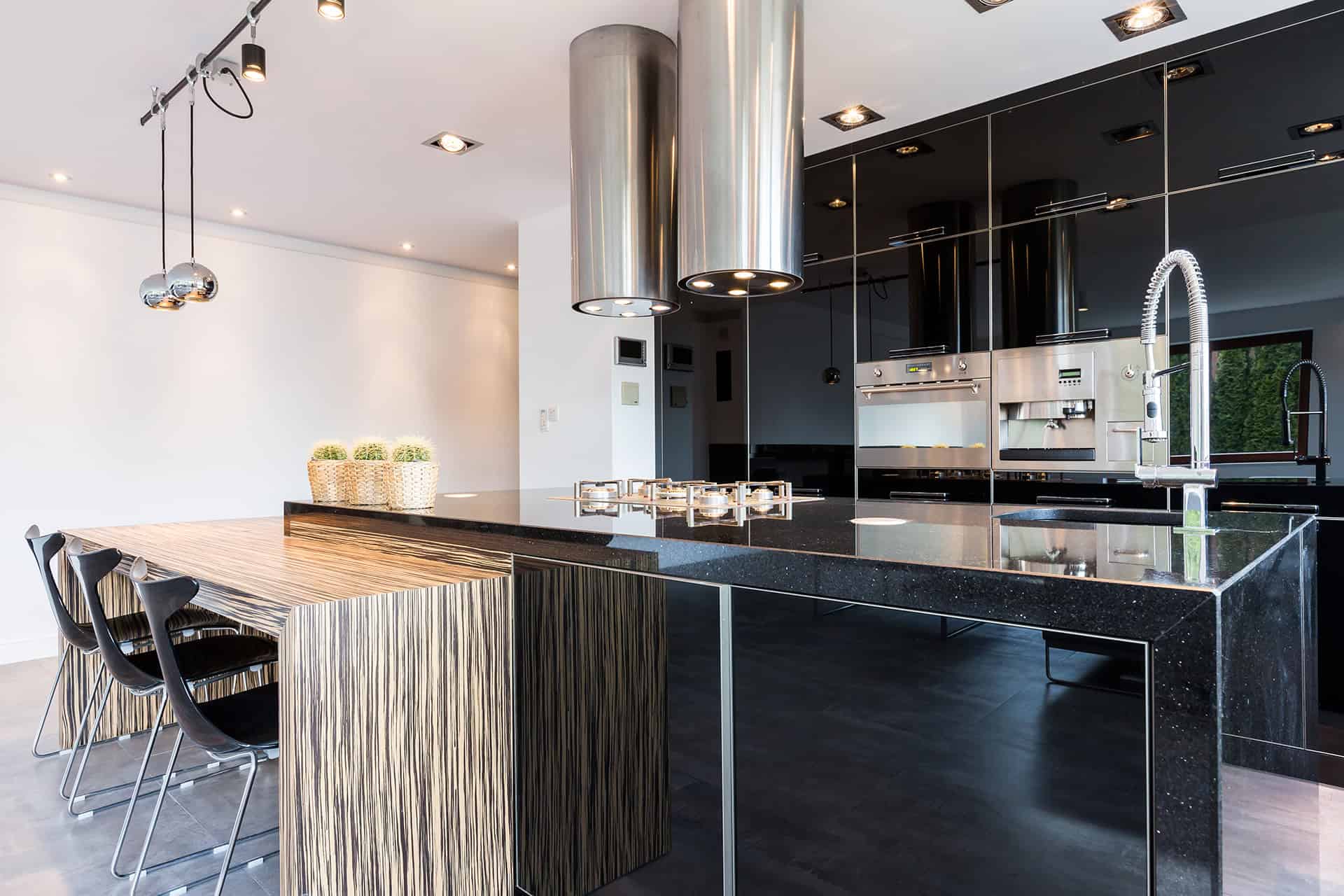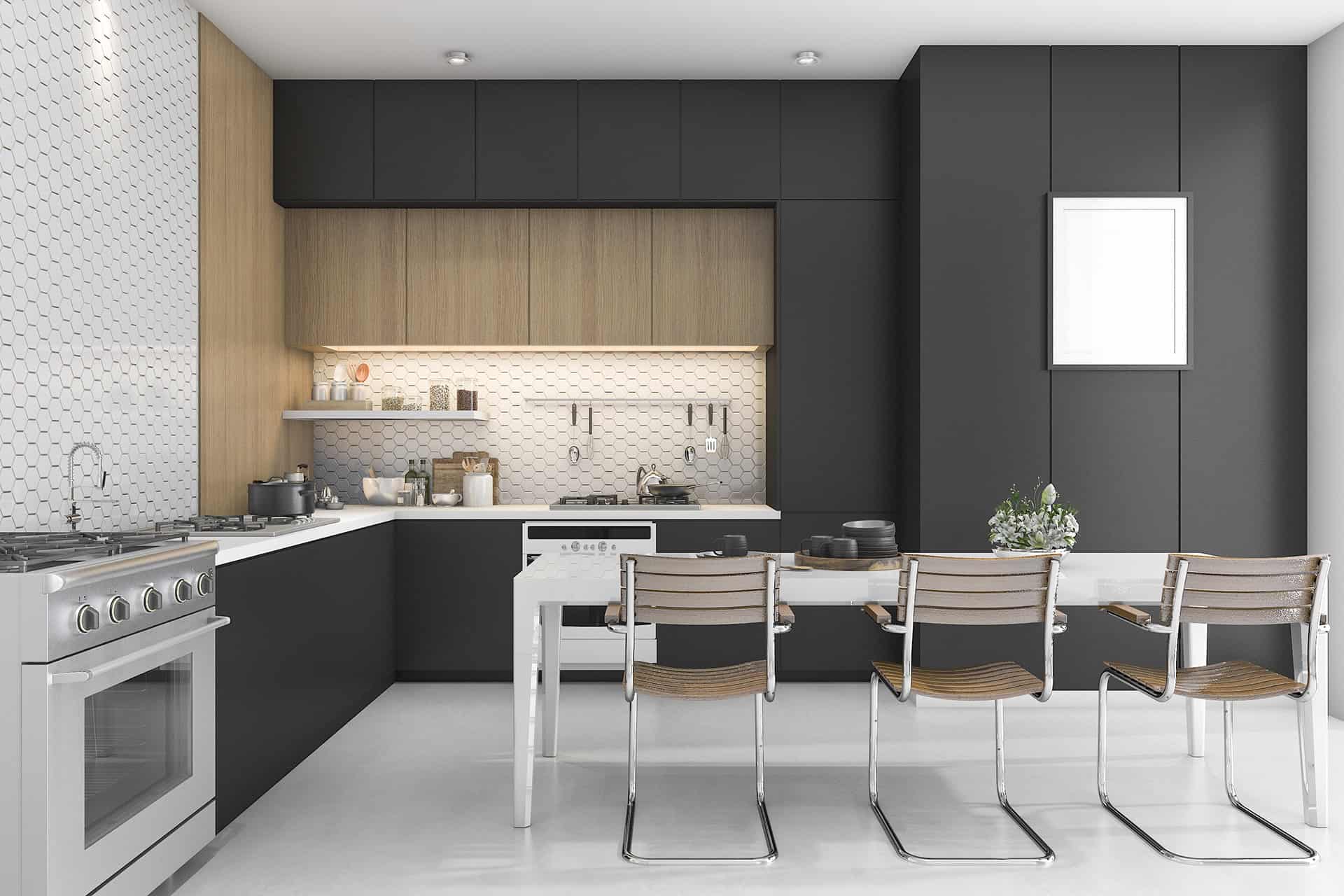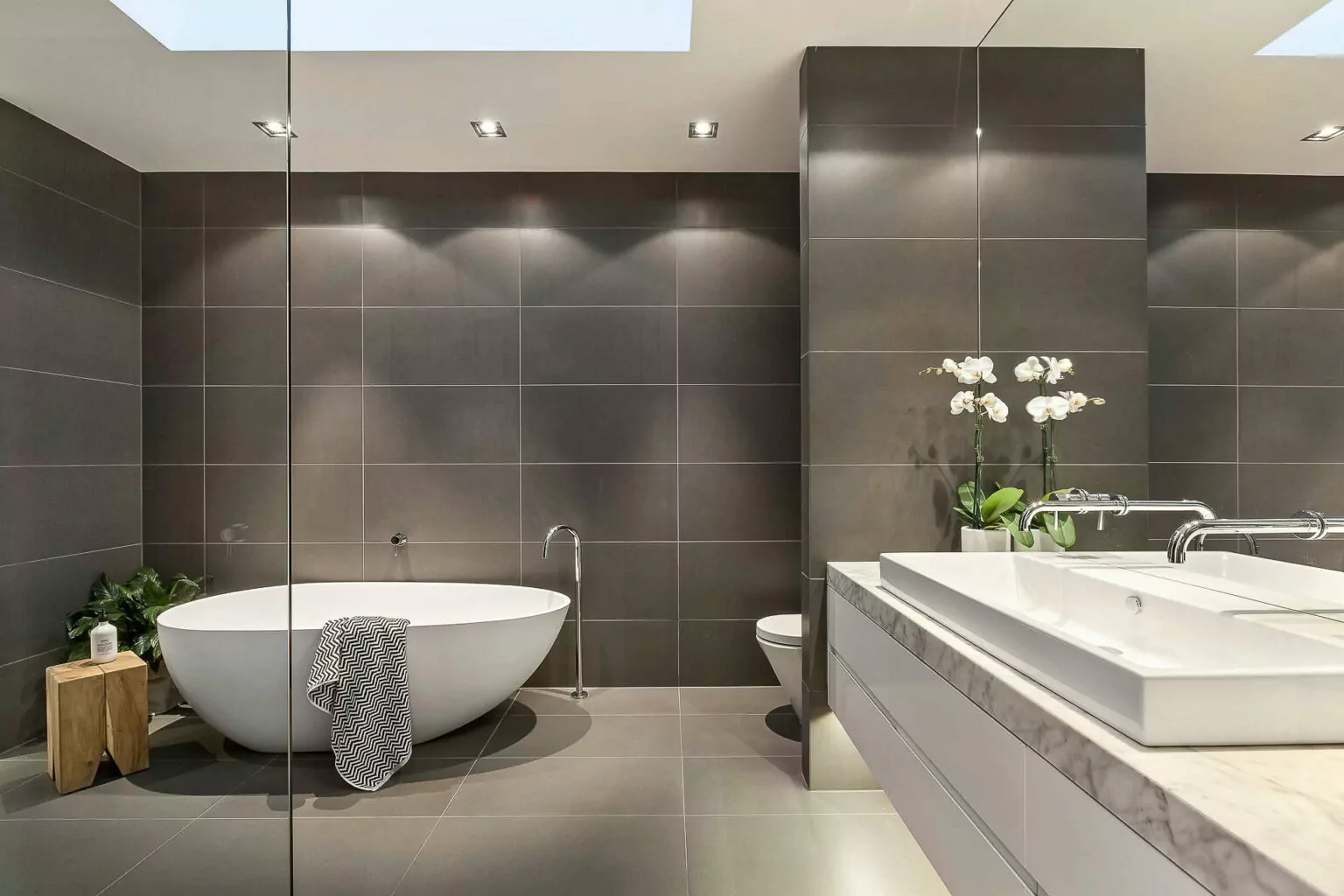Wood floor means quality, durability, comfort and perfect look. The wooden flooring may serve you for ages, so it is highly important to make a right choice of a material for it. But with all the options available, it’s quite hard to decide which one to choose. So, let’s take a look at different types of wood used for flooring and their advantages.
Wood Floor Pros and Cons
- Hardwood floor is warm and nice to the feel.
- It is durable, eco-friendly, and natural.
- Wood looks good in any type of interior design — from minimalistic to luxurious.
- Wooden floor may boost your house resale value.
- You may polish and refine your wooden floor many times to make it look like new.
- There are lots of color options for every type of wood.
- The main disadvantage is the quite high price for wood flooring and its installation in comparison with other floor types.
- At last, wood floor requires certain maintenance. Softer wood types may be damaged by pets, children or just heels, so when choosing a wood type you should pay attention to its firmness.
Hardness Scale
Hardness is probably the most important quality to consider when choosing wood flooring type. It is described by the Janka Rating (the higher the score, the firmer the wood is). For example, the softest type of wood is pine with the score of 690. And the firmest is ipe and Brazilian walnut with the score of 3,684. Other popular types of wood scores are as following:
Solid or Engineered Wood Floor?
Both solid and engineered wood floors are made of natural wood, but the second type consists of several layers. Which one to choose, depends first on where you are going to install it. For example, solid wood is not an option for basements, but it is perfect for all other rooms that are above the ground. And engineered wood reacts to humidity and temperature changes less, so you may install it anywhere in the house. To this, it is, in general, less expensive (though, there are exceptions) and easier to install.
What Type of Wood To Choose?
The choice of wood type depends primarily on your budget, style preferences, and expectations. And of course, you should keep in mind how much the room is used during the day: installing softer wood flooring in the kitchen or the hallway would not be the best decision.
As for properties, here are some examples:
Cherry wood has uniform structure, pleasant smell, and pinkish-brown or gray color. In the course of time, it tends to become darker.
Oak is famous for its durability, firmness and beautiful structure; it may be of different shades. Oak makes a room look warmer and cozier.
Ash wood is one of the firmest materials but at the same time, it is rather flexible. With its prominent structure and yellowish color, it is the perfect material for those who want to make floor the central element of their interiors.
The main features of the beech are uniform structure and light, reddish-yellow or grayish colorоr; it is durable and firm, so it is perfect for a nursery room or a home gym. Beech may react to moisture, so it is necessary to keep track of relative humidity in the room.
Maple wood is quite firm and requires little maintenance. It has beautiful and a bit glowing surface; as for color, it is almost white. It is perfect to make your room seem bigger and looks especially good with darker furniture.
Wood floor installation is a difficult task, and we do not recommend you doing it yourself. If you want a high-quality result that will not disappoint you in the long run, contact us to book a consultation on your next floor remodeling project.







